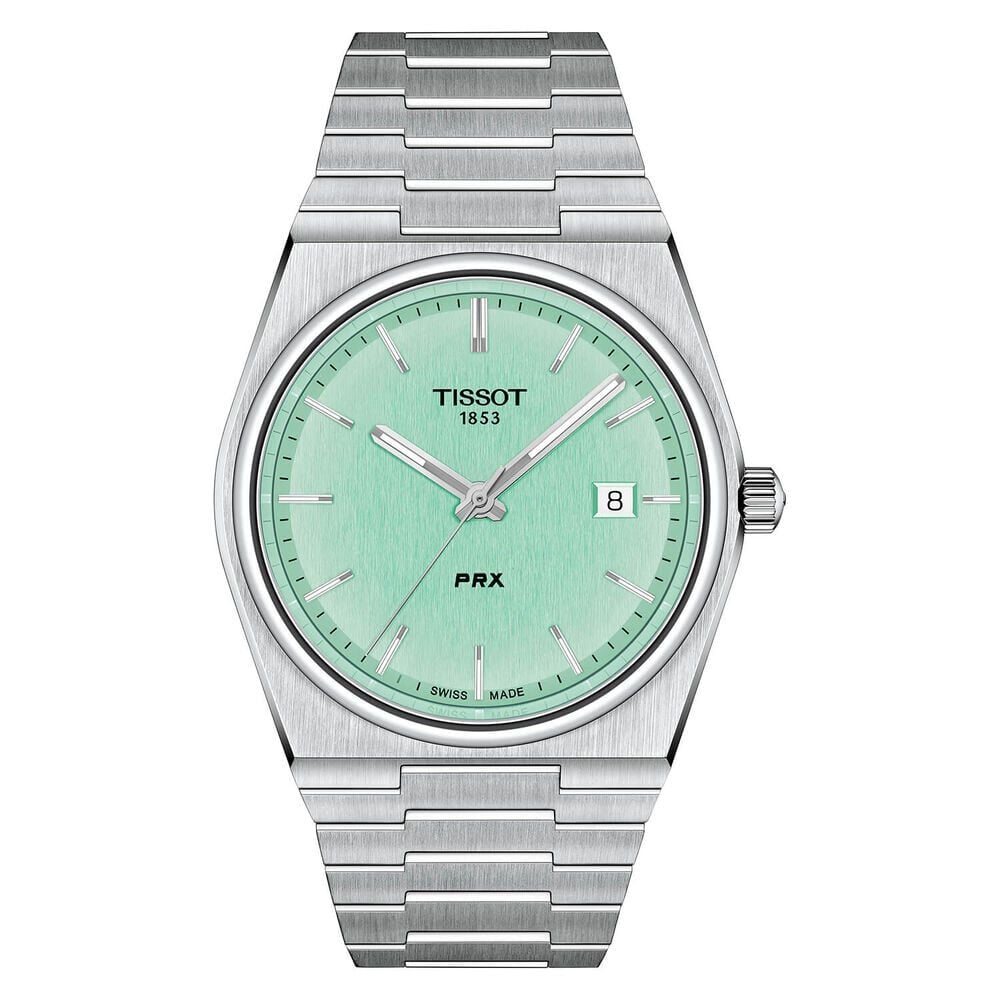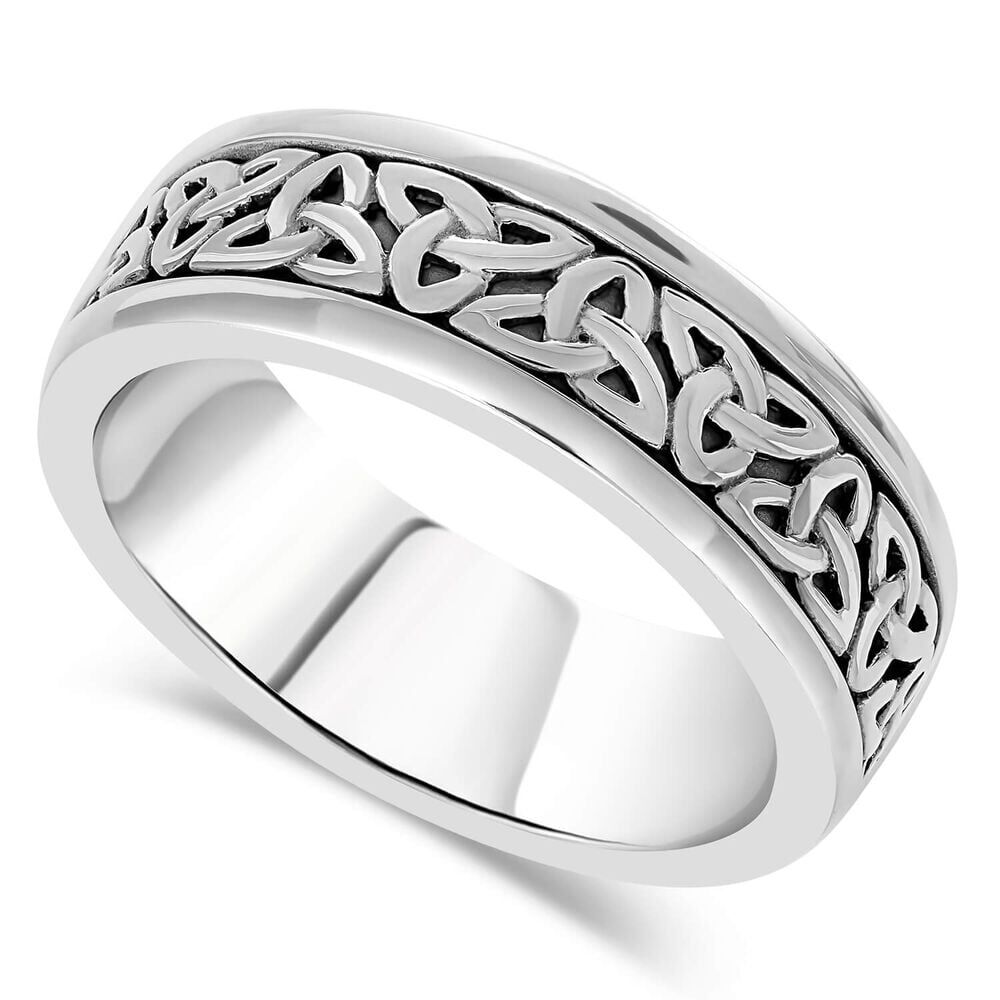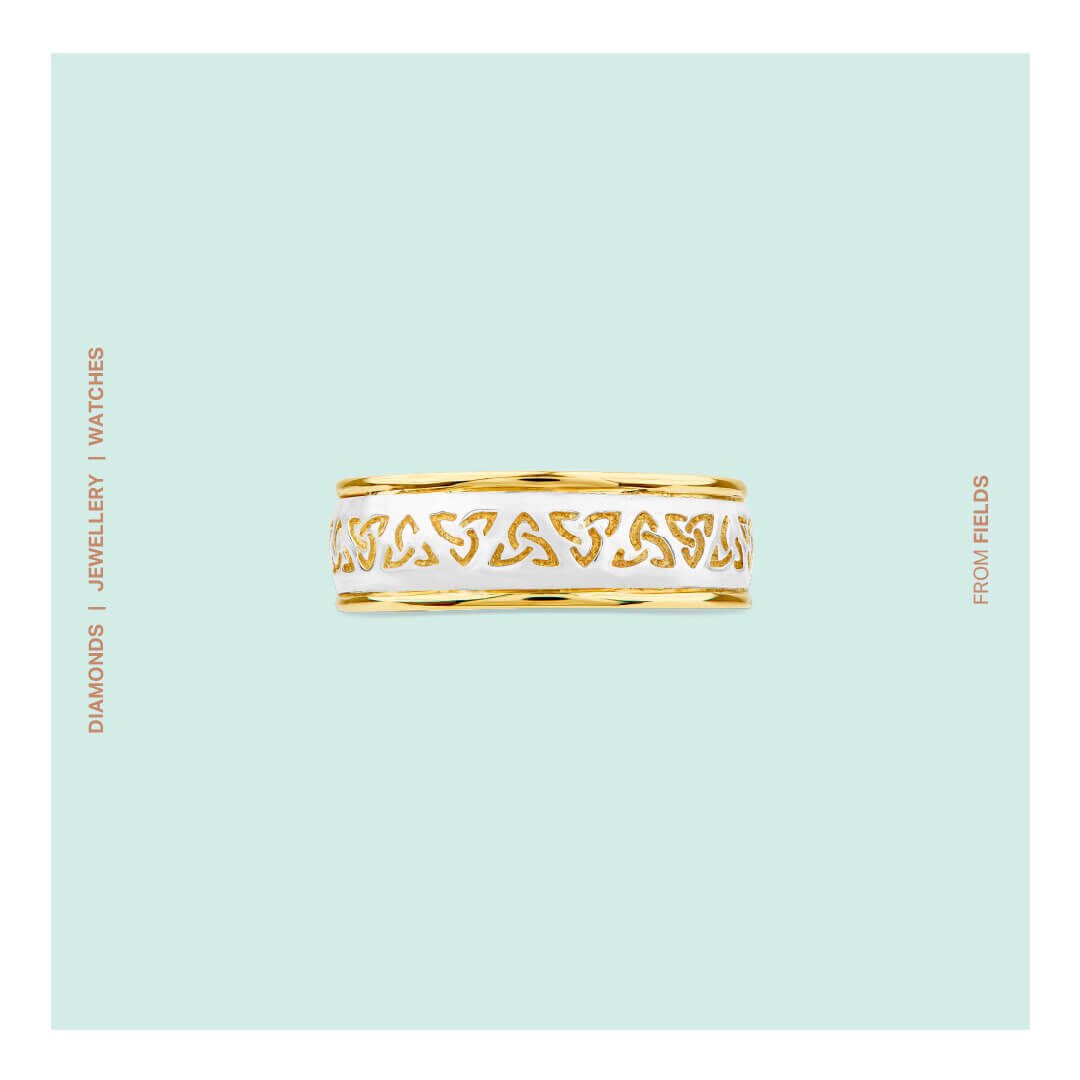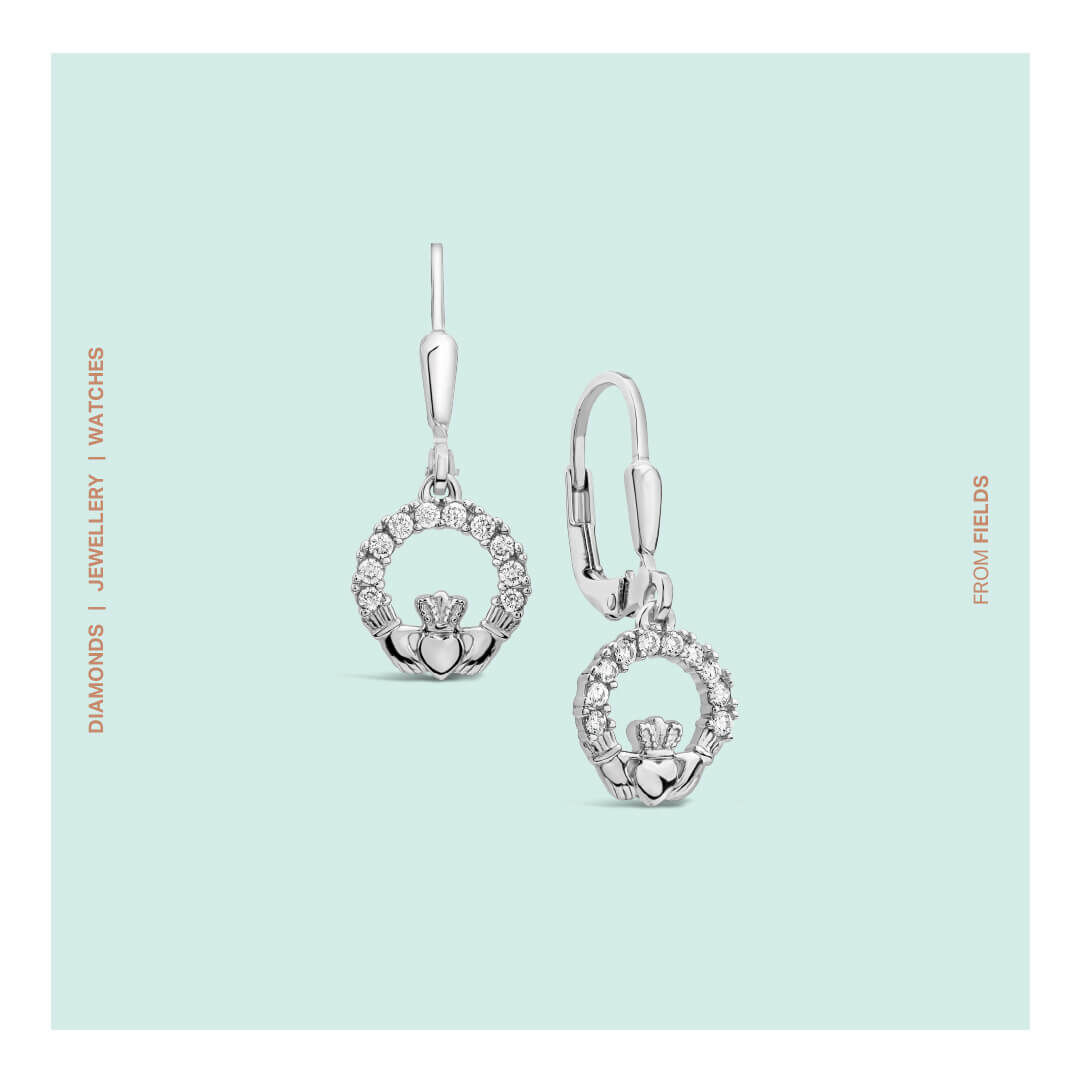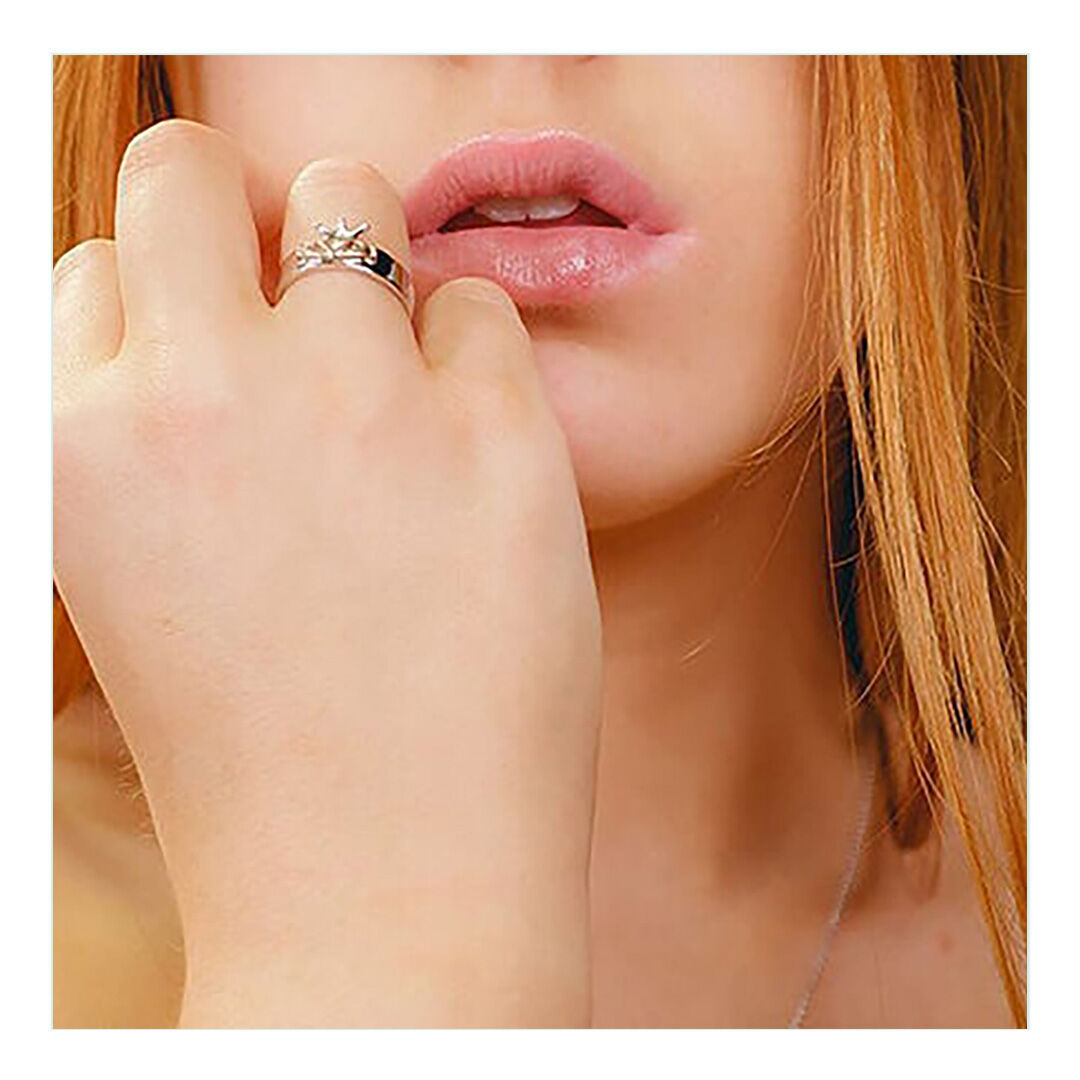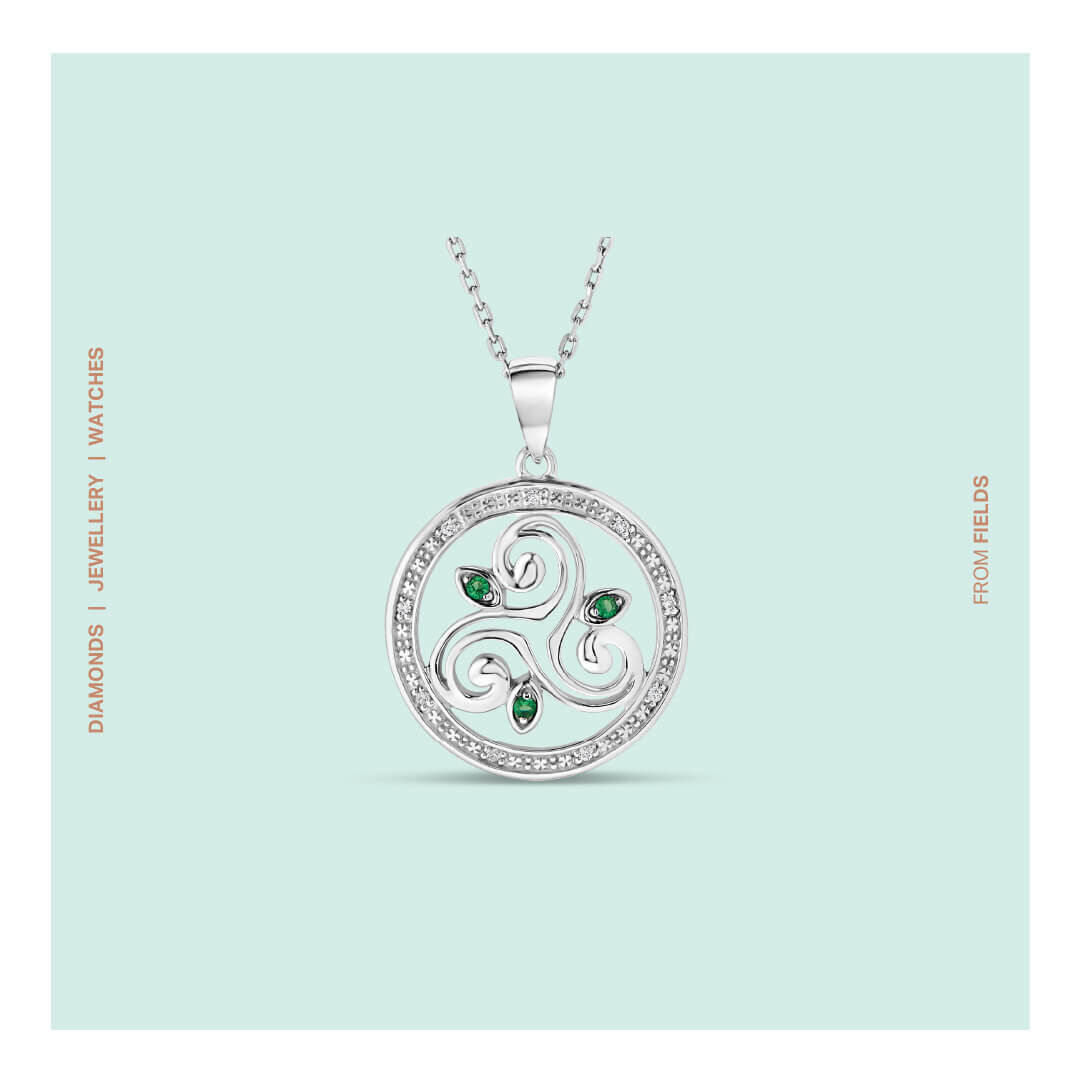St. Patrick's Day is our national holiday in Ireland, celebrated on March 17th to honour the patron saint of Ireland, St. Patrick. It is also celebrated in many other parts of the world by people of Irish descent or those who simply enjoy Irish culture.
Over time, St. Patrick's Day has evolved into a celebration of Irish culture and heritage, featuring parades, traditional music, dance, and wearing green.
The numerous symbols associated with the holiday have deep historical and cultural significance and continue to be an important part of Irish identity. Here's the history behind some of these symbols.
THE RICH SYMBOLS OF ST. PATRICK'S DAY
Irish Symbols and Jewellery
Shamrock: The Three-Leaved Clover
The shamrock is a three-leaved clover that has become synonymous with St. Patrick's Day. It is believed that St. Patrick used the shamrock to explain the Holy Trinity to the Irish people. The three leaves of the shamrock represent the Father, the Son, and the Holy Spirit. The shamrock has been a symbol of Ireland for centuries, and it is often worn on St. Patrick's Day as a sign of Irish pride.
Green: The Colour of the Emerald Isle
Green is another symbol closely associated with St. Patrick's Day and Irish culture. The colour green is said to represent the rolling hills and lush landscapes of Ireland. It has been used in Irish culture for centuries and is often seen in traditional Irish clothing.
Leprechauns: The Mischievous Fairy
Whether we like it or not, many of the symbols of Ireland are also closely tied with the Leprechaun. Leprechauns are small, mischievous fairies that have become a popular symbol of St. Patrick's Day. In Irish folklore, leprechauns were known for their gold and their trickery. They were believed to be shoemakers who would hide their pots of gold at the end of a rainbow. Leprechauns are often depicted wearing green clothing and a hat, and they have become an iconic part of St. Patrick's Day celebrations. Although we sadly don't have any Leprechaun themed products, you can find your own pot of Gold (jewellery at least) at Fields!
Harp: The National Symbol of Ireland
The harp is a traditional Irish musical instrument that has been used in Irish culture for centuries. It is also the national symbol of Ireland, and it can be found on the country's coat of arms, currency, and official documents. The harp is often played during St. Patrick's Day celebrations, and it is a symbol of Irish pride and heritage.
Claddagh: The Symbol of Love, Loyalty, and Friendship
The Claddagh is a traditional Irish design that features two hands holding a heart with a crown on top. The hands represent friendship, the heart represents love, and the crown represents loyalty. The design originated in the town of Claddagh, near Galway, in the 17th century and has become a symbol of Irish heritage and culture. Claddagh jewellery is often given as a gift to symbolize friendship, love, or loyalty, and is commonly used as wedding rings, engagement rings, or promise rings. The design can be found in a variety of forms, including rings, bracelets, earrings, and necklaces.
Celtic Cross: The Symbol of Irish Christianity
The Celtic Cross is a symbol that combines a Christian cross with a circle, which is thought to represent the sun or the cycles of life. It is often seen in graveyards or other religious contexts, and it is a symbol of Irish Christianity.
Tree of Life: The Symbol of Family, Growth, and Wisdom
The Tree of Life is a symbol that features a tree with roots and branches intertwined, and it represents the interconnectedness of all life. It is also a symbol of family, growth, and wisdom, and it is often seen in St. Patrick's Day celebrations.
Trinity Knot: The Symbol of the Holy Trinity
The Trinity Knot, also known as the Triquetra, is a symbol that consists of three interlocking loops with no beginning or end. It is often used to represent the Holy Trinity, as well as the three stages of life (birth, life, and death) or the three elements of nature (earth, water, and air).
Celtic Band: The Symbol of Infinity and Interconnectedness
Another symbol commonly associated with St. Patrick's Day is the Celtic band, which is a pattern consisting of interlocking knots or spirals. These patterns have been used in Irish art and design for centuries, and they are often seen in clothing, jewelry, and other decorative items. The Celtic band symbolizes infinity and interconnectedness, as the knots and spirals have no beginning or end.
Triskel: The Symbol of Threefold Nature
The triskel is a symbol that consists of three spirals or legs radiating from a centre point. In Celtic mythology, the triskel is associated with the three realms of existence: land, sea, and sky. It is also thought to represent the three stages of life: birth, death, and rebirth.

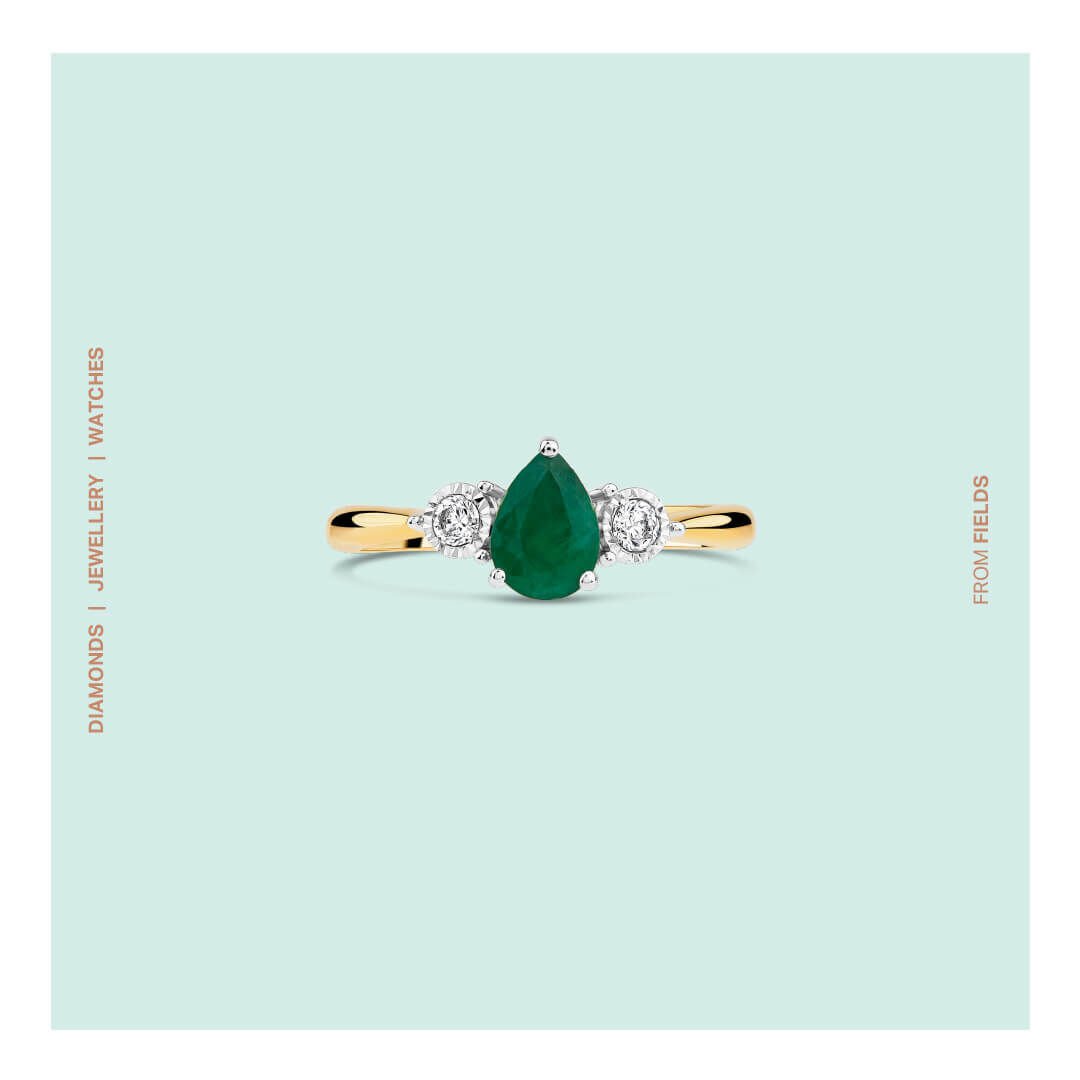
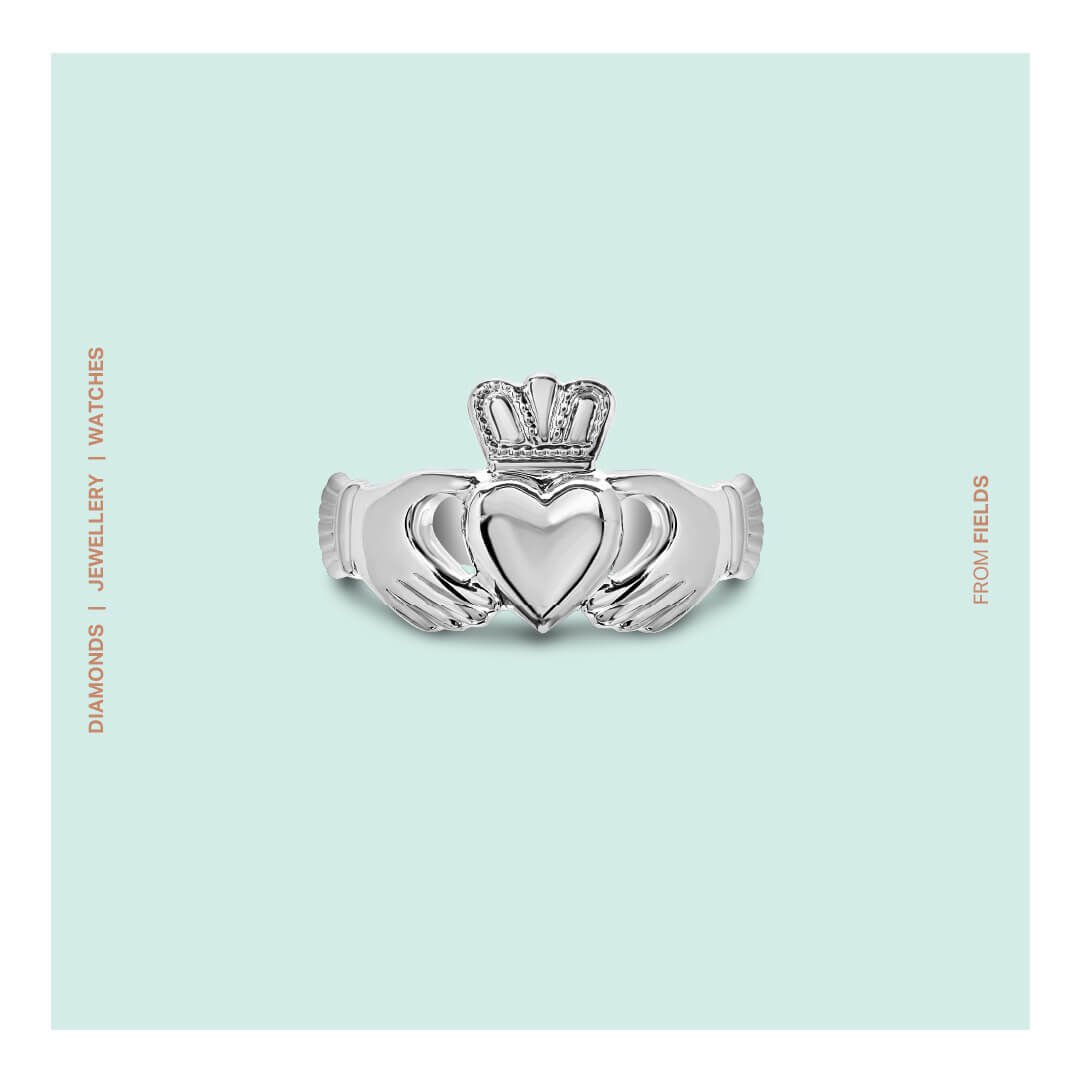
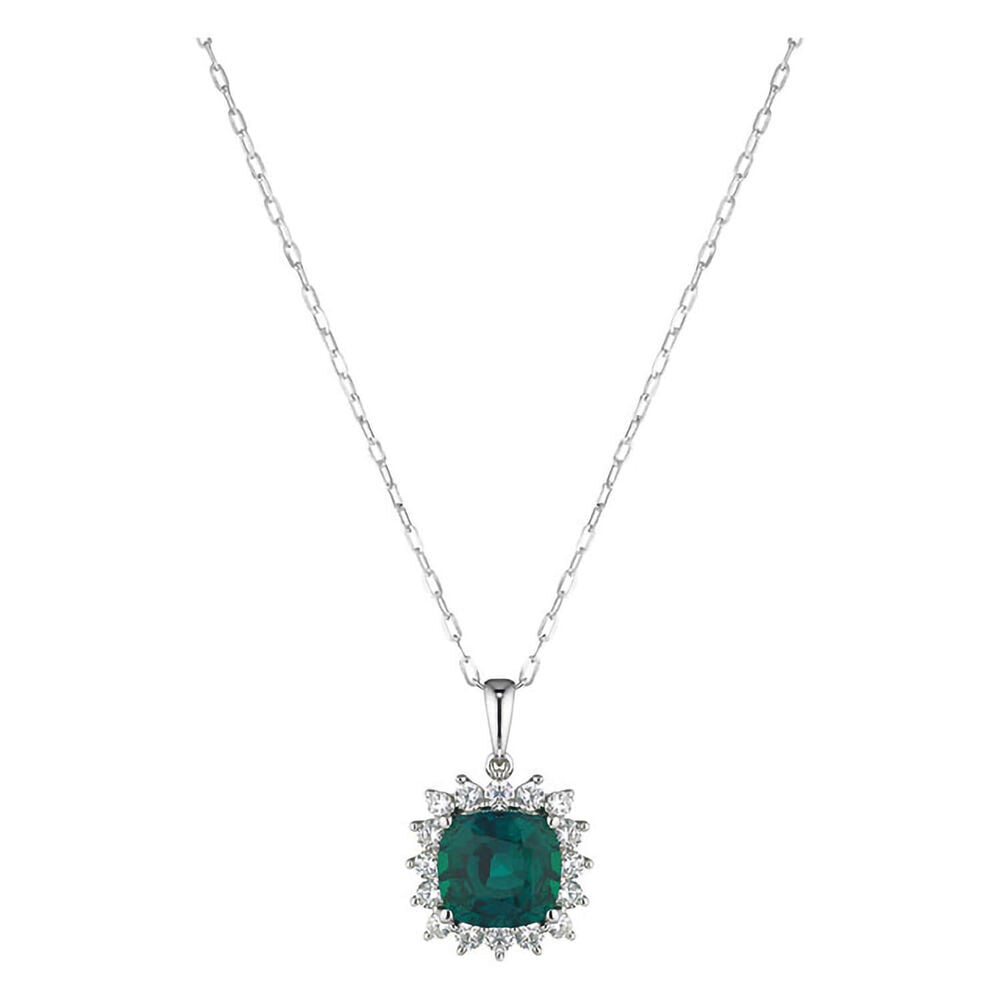
.jpg)
